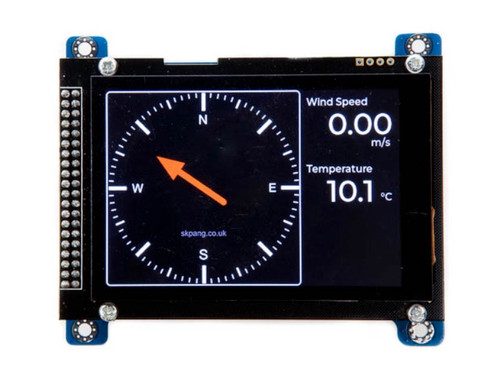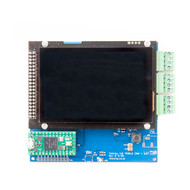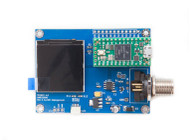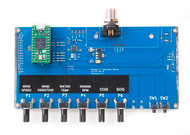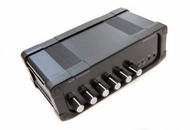Product Description
Free Shipping Within the United States!
NMEA 2000 is a marine networking standard designed and managed by the National Marine Electronics Association (NMEA). The NMEA is an association of marine electronics manufacturers, dealers, and technicians.
The NMEA 2000 standard defines a low-cost, modest capacity, bi-directional, multi-transmitter, multi-receiver instrument network. The hardware layer is based on CAN (Controller Area Network). Typical data on an NMEA 2000 network include position latitude and longitude, GPS status, steering commands to autopilots, waypoint lists, wind sensor data, engine sensor data, depth sounder sensor data, and battery status data.
The Teensy 4.0 (installed) board comes with a NMEA 2000 connector, and it includes a 480x320 3.5" capacitive touch screen with ILI9488 LCD controller. The connection to the Teensy is established via SPI running at 60 MHz. The board can be powered through the Teensy's USB port or via an external 7 to 24 VDC supply connected to the onboard SMPS (Switch Mode Power Supply).
Features
- Teensy 4.0 (installed)
- 480x320 3.5" capacitive touch screen
- NMEA 2000 connector
- Power by USB or external 7 to 24 VDC with on board SMPS
Download the PDF: Teensy Software Installation & Downloading Programs (Sketches)...
Documents
Demo Application
The images below represent an example of reading data from an NMEA 2000 wind and temperature sensor and displaying the results.
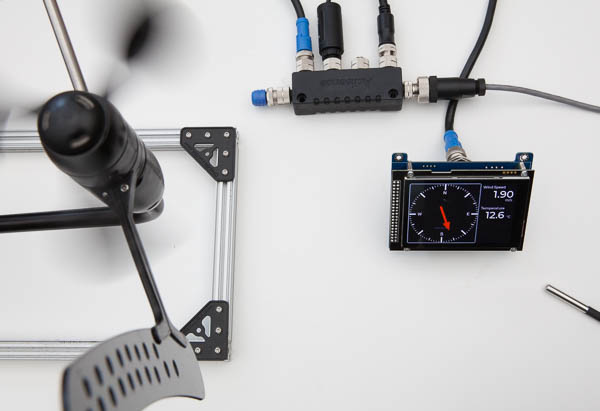
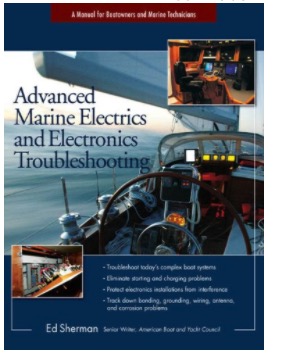 Advanced Marine Electrics and Electronics Troubleshooting
Advanced Marine Electrics and Electronics Troubleshooting
Whether you are a marine electronics professional or a boat owner, Advanced Marine Electrics and Electronics Troubleshooting helps you understand the new, more powerful methods of troubleshooting marine electrical and electronic systems.
A modern boat’s sophisticated installations and networked electronics can stretch the traditional diagnostic methods based on trouble lights and multimeters past their useful limits.
This book will show you how to:
- Use microprocessor-based diagnostic tools and techniques from the automotive and communications sectors, adapted for boats for the first time
- Diagnose the most difficult AC and DC problems
- Protect communications and navigation electronics from interference and lightning
- Seek out and eliminate stray-current sources and galvanic corrosion
 Loading... Please wait...
Loading... Please wait...

